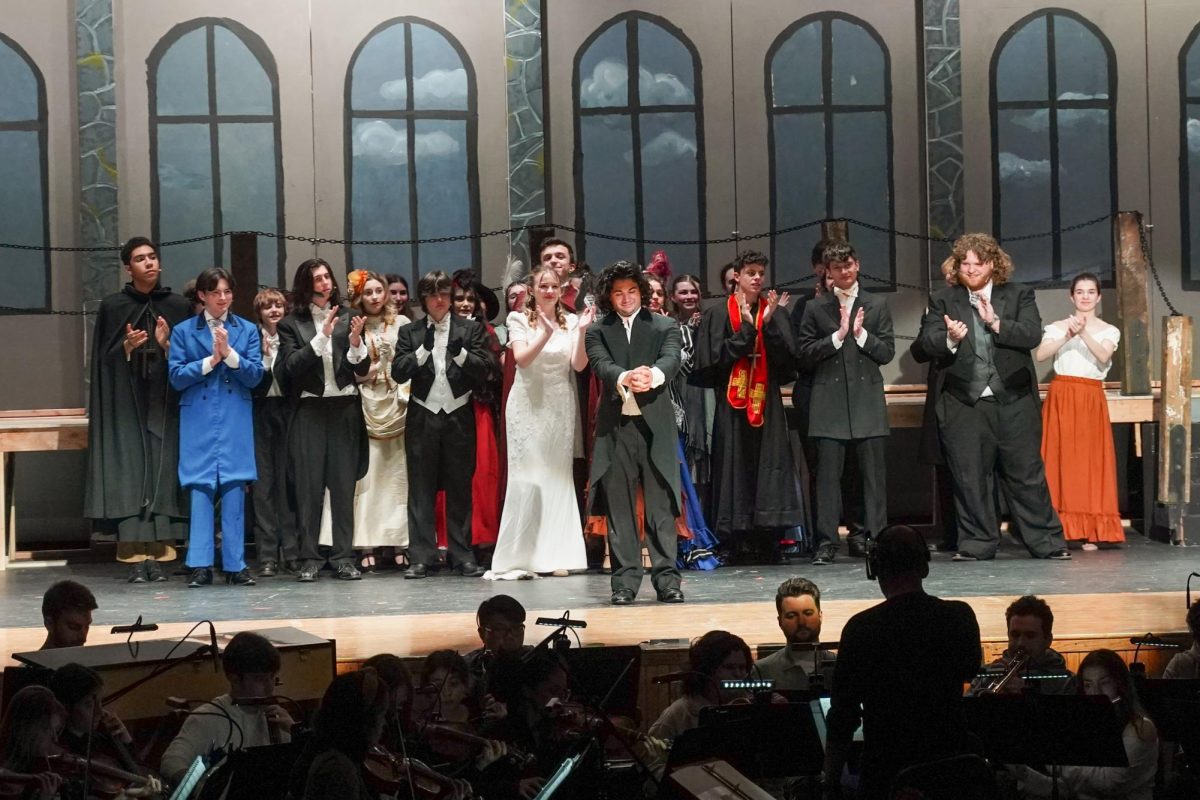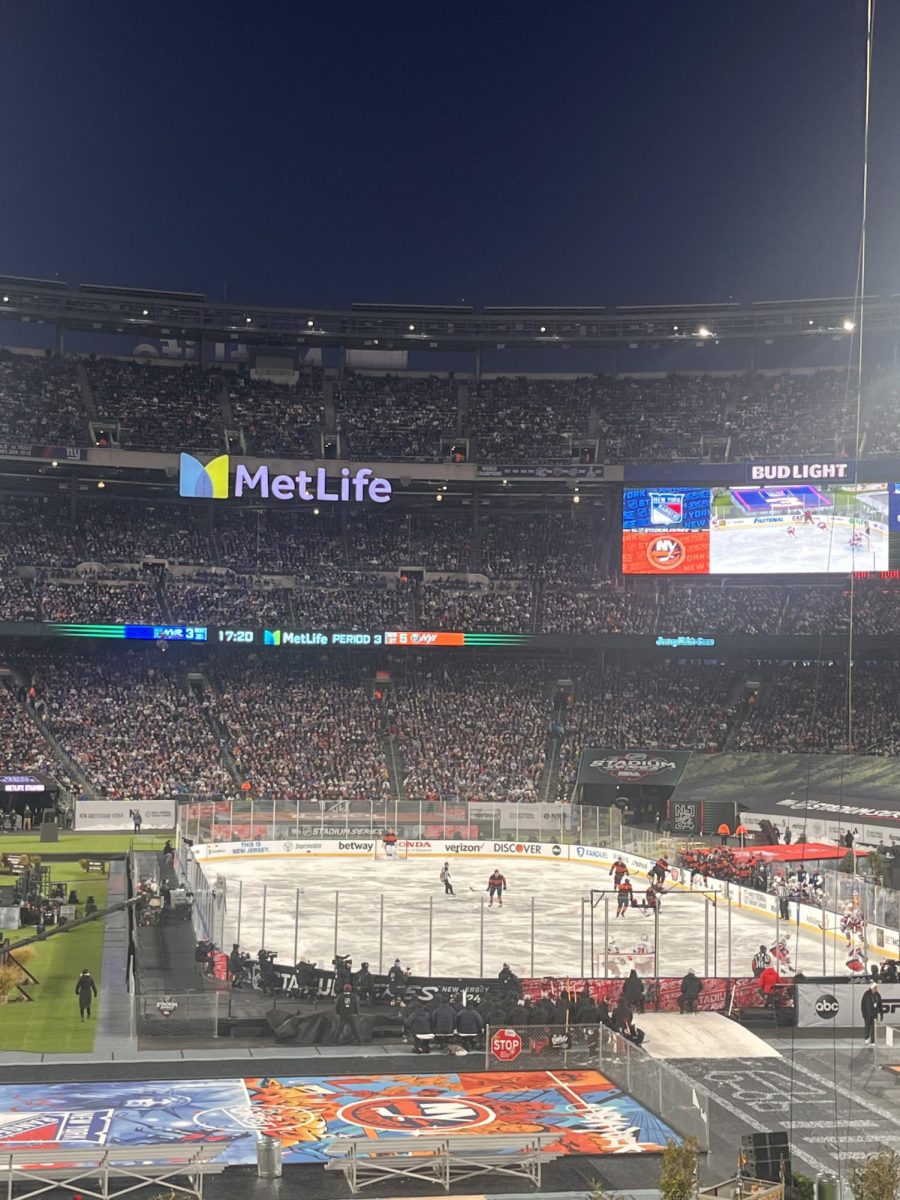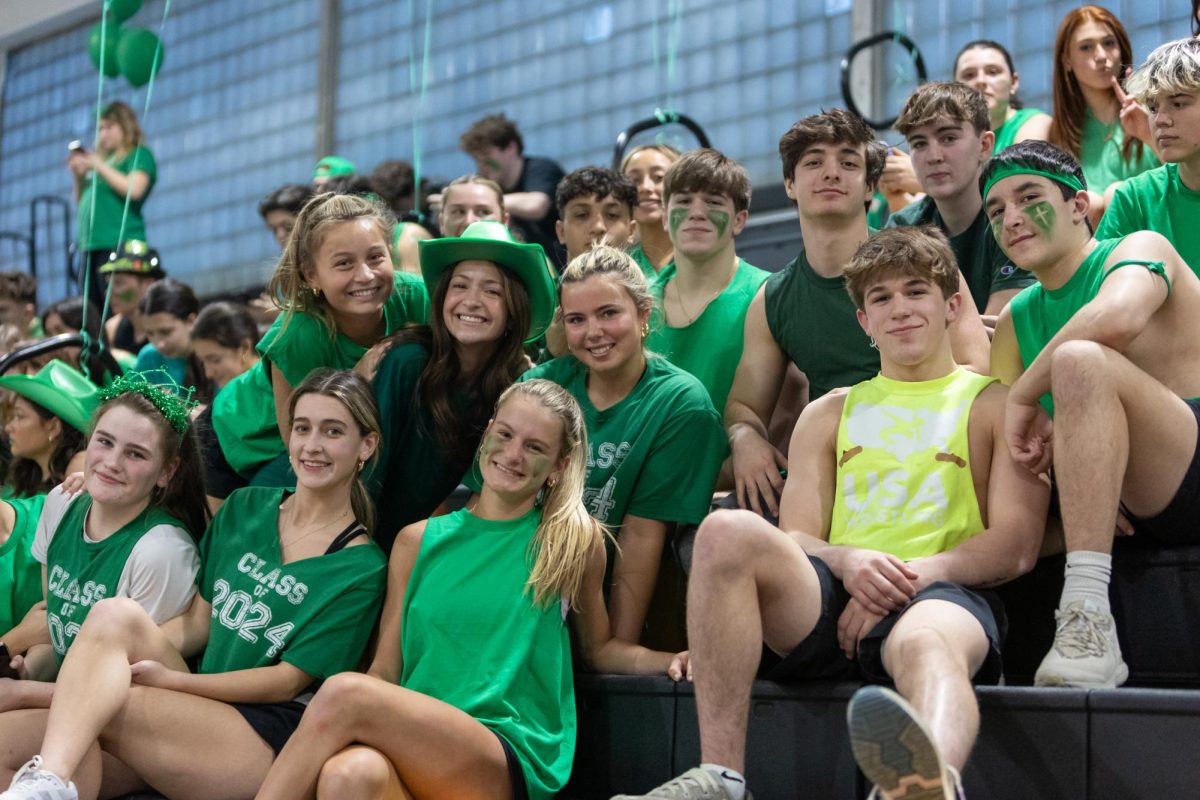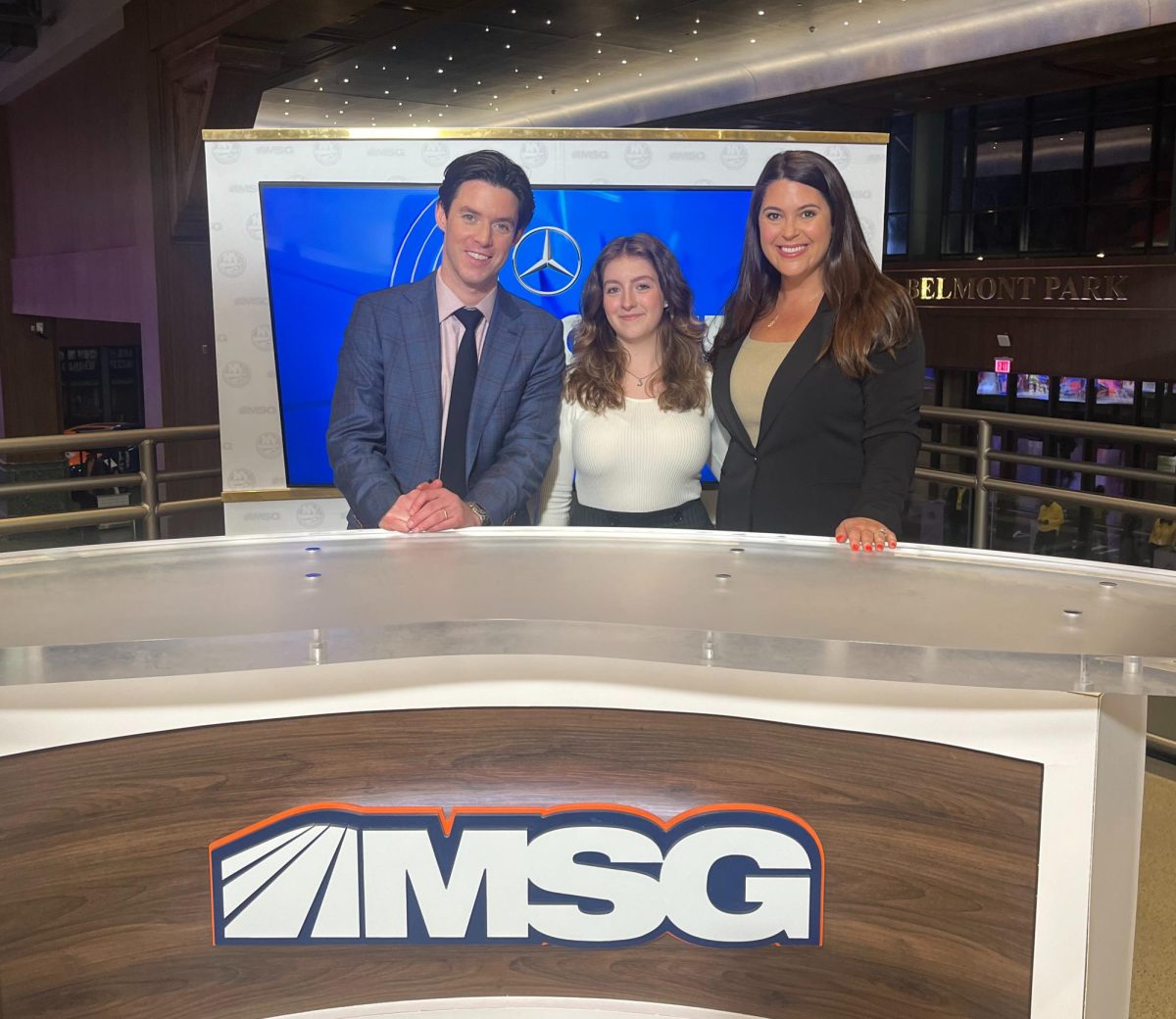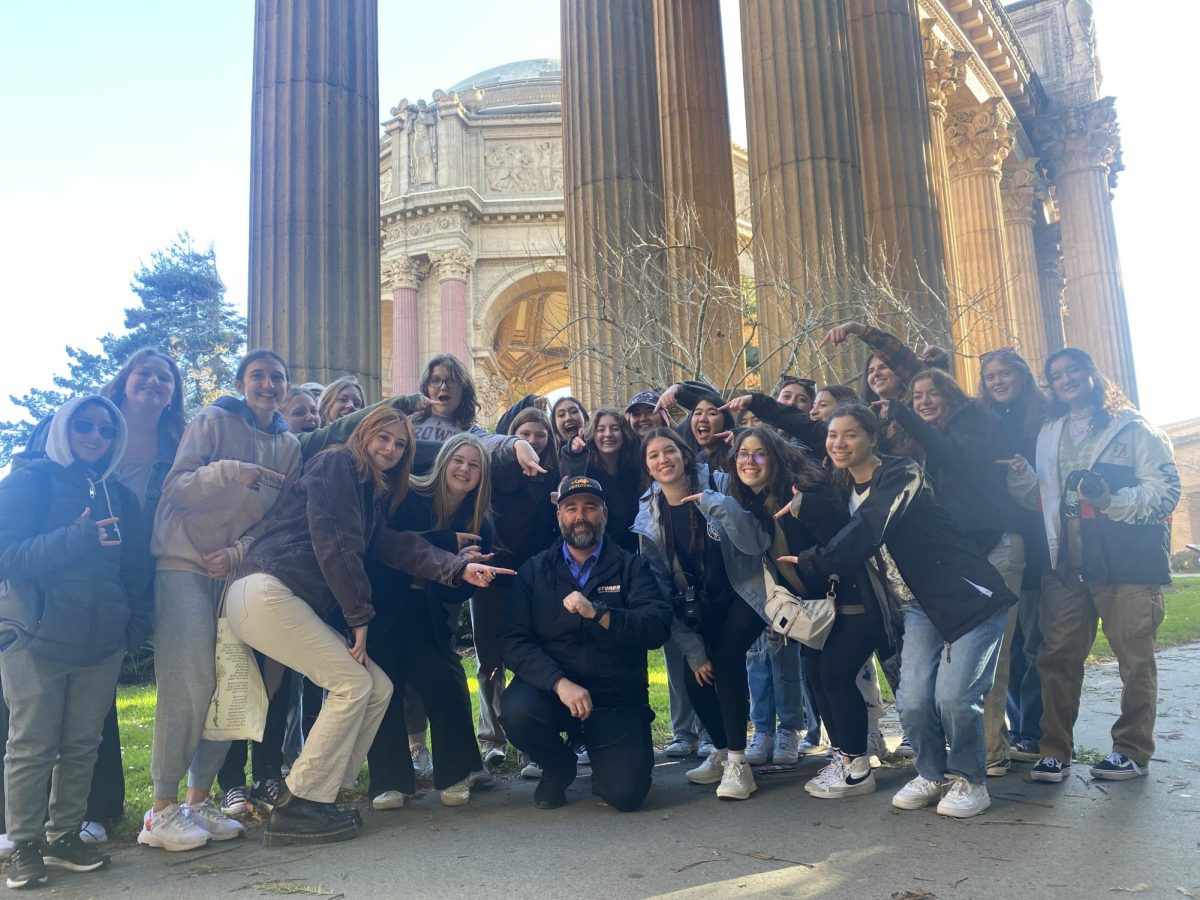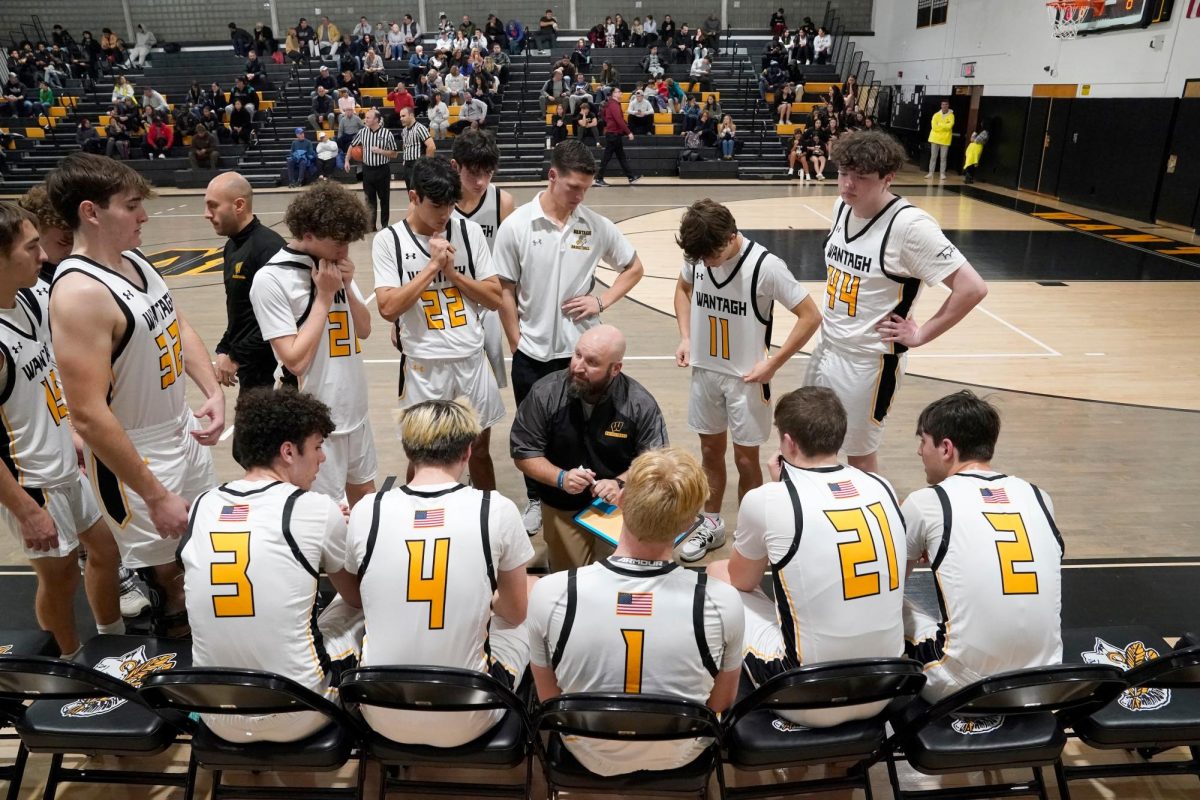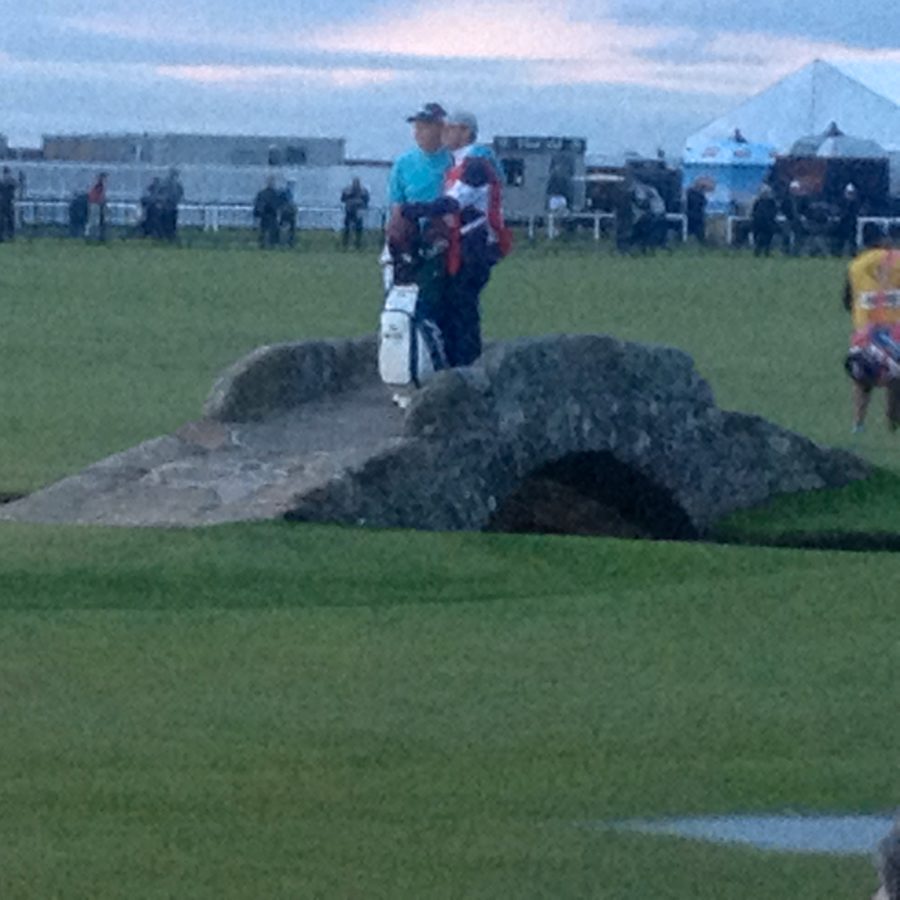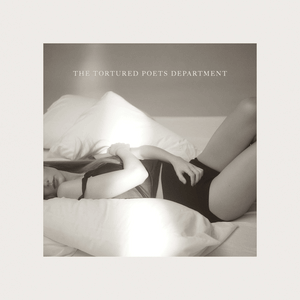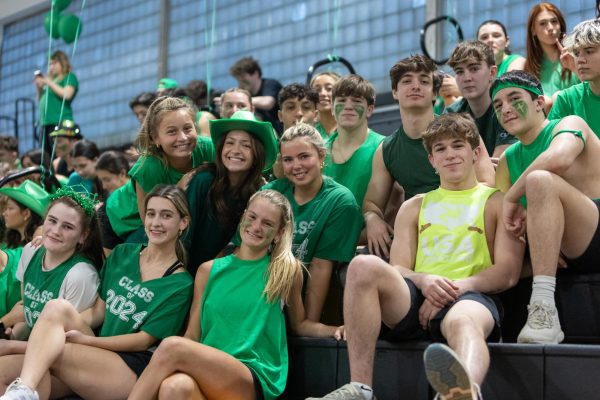Voyaging to Scotland to Witness Tom Watson and History
December 24, 2015
Tom Watson won’t tee it up for the 145th Open Championship at Royal Troon, July 14. Watson, America’s greatest golfer at the world’s oldest golf tournament, played his last Open at St. Andrews a year ago. Only about 200 fans witnessed Watson wave goodbye from Swilcan Bridge.
Why weren’t thousands of fans at the historic golf moment? Because Watson is a Yank? It had more to do with the irascible Scottish weather. I made the journey from the States to Scotland and, despite that weather and other travails, I experienced Watson’s final moments at the Open Championship.
Watson won eight majors, including five Opens – more than Tiger’s three Opens, Bobby Jones’ three, Hogan’s one, Jack’s three and Arnie’s two. More than any of America’s greats – only England’s Harry Vardon won more (six from 1896-1914).
Then there was Watson’s stunning near-win at the Open in Turnberry as a 59 year old, when despite two perfect shots at the 72nd and final hole, he bogeyed, dropping him into a playoff which he lost to Stewart Cink. He was 13 years older than “Old” Tom Morris, when he set the Open mark for the oldest winner in 1867 at age 46. Watson was a bad bounce from shattering that record, which is now 148 years old.
My appreciation of Watson began in 1981 at the U.S. Open at Merion. I was 20 years old and stretched out in the rough on the back 9 in a practice round. I did what any 20 year old would do after a late night. I passed out. I was awakened by a voice, saying, “Excuse me.”
Watson stood over me. He’d nearly hit me with his drive and politely asked me to move so he could play his next shot. Watson’s lack of annoyance turned me into a life-long fan.
So I spent the winter of 2014-15 scheming a journey to St. Andrews. I contacted an English friend of mine, Mat Scanlan, a Sussex County police officer, who had twice golfed with me near my home in New York. “Any interest in going to the Open?” I emailed him, knowing he was eager to compete against me on his favorite courses in the UK.
Mat quickly worked up an itinerary for us to play golf in England and Scotland and take in the Friday round of the Open – because that would probably be Watson’s goodbye. I had been to 8 majors, strictly outside the ropes, as a fan. Mat had never attended a golf tournament.
Mat and I drove from Edinburgh though hard rain for about an hour and half to St. Andrews. We arrived at 8 a.m. for the Friday second round.
“It looks like the rain is stopping, ” said an optimistic Englishman on a shuttle bus to the course.
A hardy Scot with a thick brogue said: “You aren’t from around her are ya?”
Huge puddles saturated the Old Course. Workers swept water into the Swilcan burn. Scores of fans, inside the ropes, walked the 17th fairway. We followed them towards the Swilcan Bridge when a marshal said, “Everybody off the fairway now! Please. You aren’t permitted to be on the course.”
Another minute and I would have been on the bridge, whose age “is a matter of vigorous debate among the locals with estimates ranging from less than 300 years to over 1,000,” according to George Peper in his terrific tome “Two Years in St. Andrews.”
The rain let up. The Old Course absorbed most of the puddles quickly and we began a wonderfully long day at St. Andrews, as it hosted the Open for the 29th time. This would be Watson’s eighth Open at St. Andrews, where he had never won.
Watson was supposed to tee off in Game No. 38 (out of 52 games) at 1:34 p.m. with Ernie Els and Brandt Snedeker. He finally teed off at nearly 5 p.m., due to the deluge. A surprisingly good chunk of the day’s 40,000 fans had abandoned the course by then.
Mat and I climbed high into a grandstand overlooking the 15th green, revealing a spectacular view of the beach, the town and two of St. Andrew’s additional courses, including the 121-year-old New Course, which wraps around the Old Course. Amidst that splendor we hatched a plan to watch Watson’s last-ever round at the Open, as his first round of 76 had left him with little chance of making the cut. In Watson’s Open debut he won in a playoff at Carnoustie in 1975, also the debut of a Scottish announcer, whose high-pitched introductions became an Open staple. Like Watson, this would be Ivor Robson’s last Open.
As we waited for Watson, I listened to the BBC. The commentators discussed Sir Nick Faldo, a three-time Open champ who was likely playing his last Open at St. Andrews. At the Swilcan Bridge, Faldo had donned a yellow sweater that the BBC commentators found unattractive.
“Is that the jumper he wore when he won here?” said the commentator. “It doesn’t seem to fit very well.”
The lead CBS golf analyst in the U.S. and England’s most-recent Open champ, Faldo had impaled his hand on antlers in his home. Several theories abounded on precisely how that happened, among fans. The wound was glued shut so he could play.
Watson arrived at the par 5, 5th green. His second shot was just short of the green and as he walked by I screamed, “Way to go Tom. Come on.” The fans by the green had been quiet but instigated by my American exhortation, they applauded Watson and he acknowledged us.
As Watson approached the 11th tee, the strong wind off the Eden Estuary drove the blue sky out to sea. Fans, in a still-crowded grandstand at the 11th tee, roared their appreciation of Watson. It would be, perhaps, his loudest applause of the day.
Watson struck a good tee shot on the challenging 11th, one of only two par threes on the course and a hole he pared both rounds.
I was beyond exhaustion. Nearly 8 p.m., I’d walked 12 miles and been on my feet most of the day. My back and legs ached. We had a two-hour drive to Glasgow that night to our next hotel.
“Let’s go to the grandstand at the Road Hole,” said Mat. “We’ll wait for Watson and see him finish.”
After everything I’d been through to get here, how could I have even contemplated bailing out now? Especially if Mat, an ardent European Ryder Cup fan, was willing to spend a few more hours at the Open for Watson, who had captained the U.S. in a crushing American Ryder Cup defeat in nearby Gleneagles the previous fall.
It rained for the first time since early in the day. We walked into a blustery wind on holes 13-16. Heading directly into the gale made for difficult walking and especially difficult ball striking. In his pretournament press conference the 65-year-old Watson confessed that in the past few years he’d lost significant distance. And he faced a number of long par 4s, including the 495-yard 17th before he could stand on the bridge. And that was even if he could finish as dark clouds consumed the evening light. The glow from the scoreboards appeared to illuminate the Old Course.
Watson had bogeyed the short 12th, and then 14, 15 and 16. For the first time in his Open history he might fail to break 80.
He asked Els, a two-time Open champ, and Snedecker if they wanted to finish up the next day but both players wanted to get through the round. Watson even donned his raintop briefly, covering up his bright turquoise sweater. We watched Watson hit his drive over the shed of the hotel on 17. Snedecker rushed to a double bogey at 17, which caused him to miss the cut. Groups behind Watson’s quit for the day.
Nearly 10 p.m., the skies suddenly brightened, spilling enough light for Game 38 to finish. Mat stayed in the grandstand and I scampered down to a spot about 50 feet from the bridge. Within minutes all of the fans left converged on my spot along the railing on the road, as did a dozen photographers with white media bibs.
Though I’ve read embellished accounts that thousands of fans crammed the 17th and 18th holes, there were about 200 fans along the 18th fairway and in the 17th grandstand. The 18th grandstand was virtually empty. The two grandstands on the first hole were desolate. A small crowd of officials, players and Watson’s family and friends assembled in front of the R & A Clubhouse behind the 1st tee and 18th green. A trickle of fans stumbled out of the taverns to watch.
If full, about 15,000 roaring fans would have surrounded this pot-bunkered rectangle of ancient turf. A Kentucky lady said she’d stood here in ’95 for Arnie and in ‘05 for Jack. A young woman wearing a Kansas City Royals hat (Watson’s hometown) looked on with emotion. Had the tournament not been delayed over 3 hours, the massive crowd here would have prevented me from getting so close.
Watson hit his drive on No. 18 and walked toward the burn. First Watson, Els, Snedecker and caddies were on the bridge for a group photo. Then it was Watson and his 32-year-old son Michael, his caddie. Once alone, Watson doffed his cap and pointed his turquoise glove towards the heavens.
A small, adoring contingent of dedicated fans cheered him. And he was gone, jogging off the bridge toward the 18th green where he would three putt, at precisely 9:54 p.m., his round clocking just over five hours.
“There’s no reason to be sad,” said Watson at his last-ever post-Open press conference after an 80. “I’ve played a game for a living and I’ve played it well.”
Mat and I had to hustle to a shuttle bus. We wound up in the wrong parking lot, a desolate field a few miles from town. We struggled in the cold, windy rain to get back to town and catch a cab to the correct field where mercifully Matt’s aging Renault Scenic beckoned.
Mat and I fought exhaustion. He steered on wet, curving, narrow, hilly, dark pavement. I struggled to stay awake and mumbled nonsensically to him, hoping that would keep him awake.
Luckily Matt’s police tactical-driving training got us to Glasgow at about 2 a.m. enabling me to tell friends, family and any golf aficionado about the 144th Open Championship, where Jordan Spieth came close to an historic third straight major. However, a four putt for double bogey on No. 8 and a bogey on, where else, 17 left the 22-year-old American one stroke shy of a making it a four-way playoff won by American Zach Johnson.
And most important, we experienced Tom Watson’s historic walk over those hallowed stones in the Scottish gloaming.

